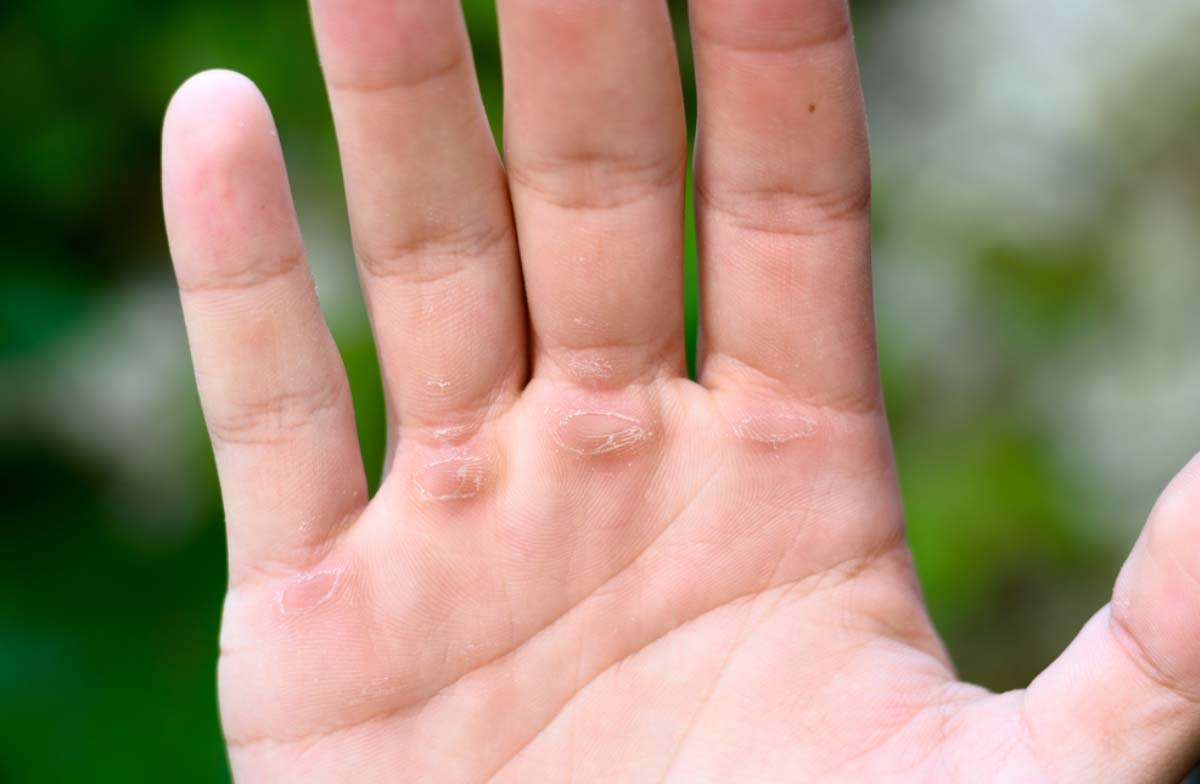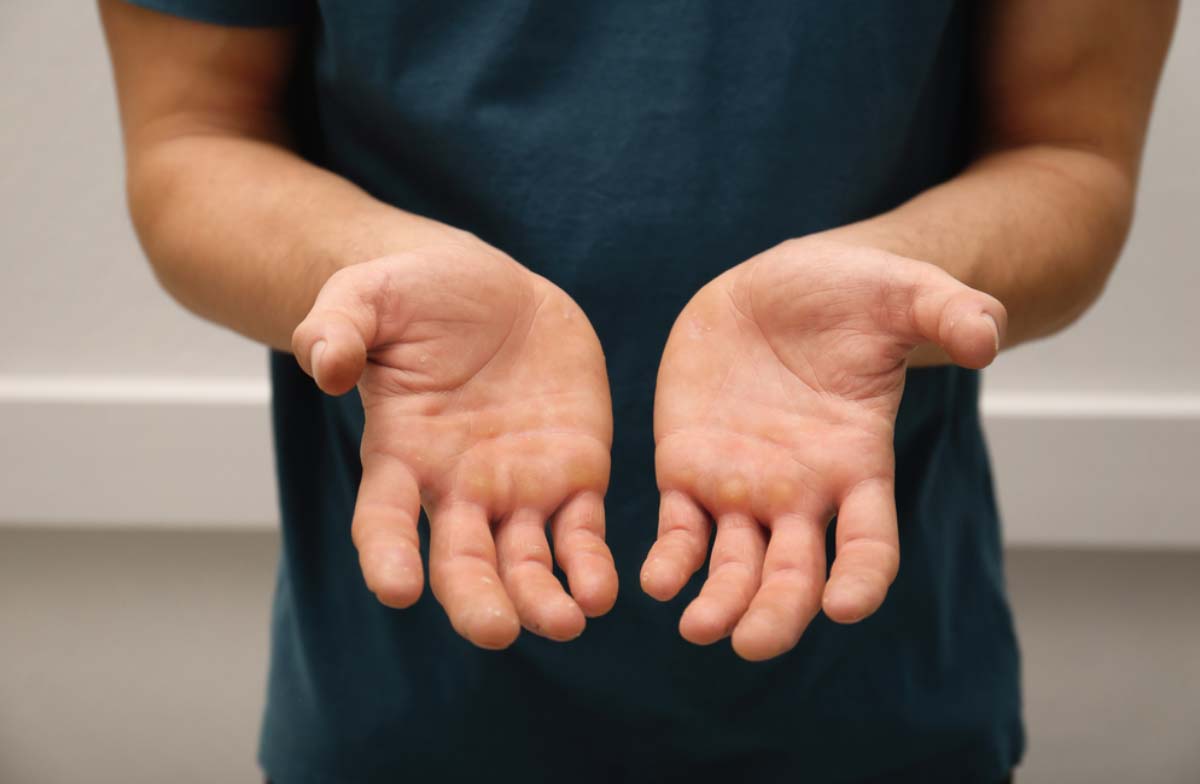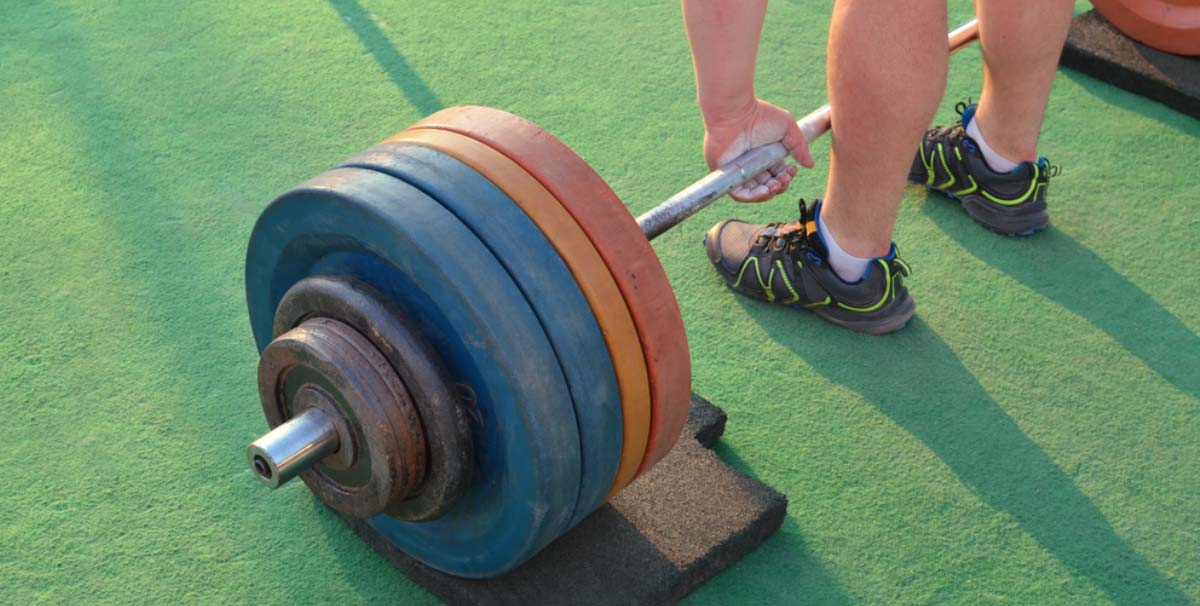Are you tired of dealing with painful rips and calluses every time you perform deadlifts? These pesky injuries can be discouraging and hinder your progress, but fear not!
As a certified strength and conditioning coach with over a decade of experience, I’ve encountered countless athletes facing the same issue.
In this article, I’ll share my top 5 proven strategies for preventing rips during deadlifts, including grip techniques, hand care tips, and equipment recommendations.
So, whether you’re a beginner or an experienced lifter, let’s put an end to those painful rips and enhance your deadlifting experience!
What do you do when your hands rip during deadlifts?
With years of experience as a personal trainer, I’ve seen countless clients struggle with painful rips during deadlifts.
When I tested different methods to prevent this issue, I discovered that lifting straps can be highly effective. Lifting straps reduce stress on your hands and improve grip strength, allowing you to deadlift without the risk of rips.
Don’t worry about weakening your grip; my experience shows that incorporating straps for your heaviest reps or higher volume work is beneficial when dealing with callus ripping.
Does moisturizing your hands prevent rips?
During my trials, I found that moisturizing your hands does help prevent rips by keeping your skin soft and smooth.
This reduces the chances of tearing or ripping while gripping the barbell.
However, moisturizing alone might not be enough. It’s important to use a combination of techniques, such as lifting straps, shaving and filing calluses, and practicing grip exercises to prevent rips effectively.
Can shaving and filing calluses help prevent rips?

In my experience, shaving and filing calluses is an essential step to prevent rips during deadlifts. It reduces the thickness of the skin on your hands, making it less likely to rip.
Calluses are caused by friction or pressure, and deadlifting often results in significant pressure on your hands. Shaving and filing these calluses will make your deadlifting experience smoother and pain-free.
What are Calluses?
Calluses are thickened areas of skin that develop due to friction or pressure. They’re a natural response from your body to protect the skin from damage and can occur on various body parts, including hands and feet.
Why do we get calluses?
We develop calluses due to repetitive stress or pressure on specific skin areas. Activities like gripping a barbell during deadlifts, playing musical instruments, or wearing ill-fitting shoes can cause calluses.
What are Deadlift Calluses?
Deadlift calluses are thickened skin areas that form on your hands due to gripping the barbell during deadlifts. These calluses can be painful and hinder your progress.
What Causes Deadlift Calluses?
Deadlift calluses result from repetitive stress and pressure on your hands’ skin when gripping the barbell during deadlifts.
Do Calluses Hurt When Deadlifting?
Calluses can indeed hurt when deadlifting, especially if they’re thick and painful. This discomfort makes gripping the barbell difficult and can impede progress.
Is grip important when it comes to preventing rips?
My observations show that a strong grip is crucial for preventing rips. A solid grip reduces stress on your hands’ skin, making it less likely to rip.
Best ways to avoid future rips
To prevent rips during deadlifts, consider the following:
- Use lifting straps
- Moisturize your hands
- Shave and file calluses
- Practice grip exercises
- Use chalk to improve your grip
- Use gloves or hand grips to protect the skin
Gears
Using lifting straps and gloves can protect your hands and reduce the likelihood of rips. Lifting straps improve grip strength and reduce skin stress, while gloves provide a barrier between your skin and the barbell.
Chalk
When I tested chalk during deadlifts, I found that it improved grip and reduced the chances of rips. Chalk increases friction between your skin and the barbell, making it easier to grip and reducing skin stress.
Are these methods effective?
All these methods can effectively prevent rips during deadlifts. However, different methods may work better for different individuals, so it’s a good idea to experiment and see what works best for you.
Remember that consistency is key, and combining these methods will increase your chances of success.
What is the healing process?

If you do experience a rip, it’s crucial to give your hands time to heal.
This may involve taking a break from deadlifts for a few days or even a few weeks.
Keep the skin clean and moisturized to promote healing, and don’t hesitate to seek professional advice if needed.
It’s better to allow adequate recovery time than to risk further injury.
Here’s a comprehensive guide on hand care and healing for athletes.
Final Thoughts
Deadlifts are an excellent exercise for building strength and muscle mass, but rips can be a frustrating and painful issue.
By using lifting straps, moisturizing your hands, shaving and filing calluses, practicing grip exercises, and using chalk, you can reduce the likelihood of rips and continue to progress in your deadlift training.
Remember that healing is essential, so if you experience a rip, give yourself time to heal before returning to the barbell.
For additional information on hand care and deadlift techniques, check out these resources:
Now, go conquer those deadlifts without fear of rips!




